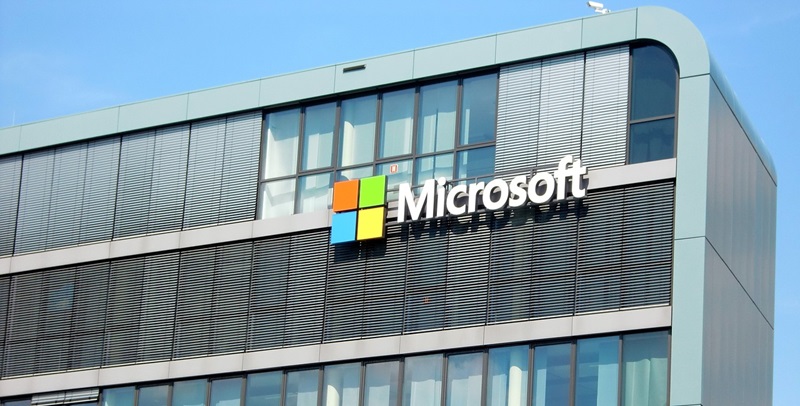In the ever-evolving digital landscape, the traditional password has been the weakest link in the chain of cybersecurity. With the advent of Microsoft’s passkeys, there is a radical transformation taking shape. Microsoft has unleashed a masterstroke to bolster user security by implementing passkeys across all consumer accounts. This innovative mechanism, initially integrated into Windows 11, enables users to navigate the digital world smoothly without the hassle of recollecting complex passwords.
Utilizing state-of-the-art Web Authentication technology, passkeys operate by creating a pair of cryptographic keys for authentication—one stored securely on the user’s device, and another with the pertinent service provider. This dual-key system is inherently resistant to phishing attacks as they do not traverse vulnerable networks like traditional passwords do. Moreover, because the security relies on devices that users already have, it presents a seamless and frictionless way to verify identities, making the process not just safer but also user-friendly.
The Mechanism Behind the Security
Microsoft’s passkey framework is anchored in two components – the user’s device and Web Authentication protocols. The device plays a crucial role as it holds the private key that never leaves its confines, ensuring that the authentication process is immune to remote attacks. To log in, the individual simply leverages biometrics, PINs, or security keys, adding another layer of defense by requiring something the user physically has.
The beauty of this system lies in its flexibility and resilience. Should a device be lost or damaged, passkeys can be seamlessly backed up and transferred, thus maintaining access without compromise. Additionally, during scenarios where reauthentication is necessary, alternative routes for verification such as emails or phone numbers provide a safety net, ensuring that users are never locked out.
Industry-wide Implications and Future Outlook
Microsoft is revolutionizing account security by rolling out passkeys for all consumer accounts. Passkeys, a feature of Windows 11, discard traditional passwords in favor of a more secure, headache-free means of authentication. They work on Web Authentication technology, creating a unique pair of cryptographic keys—one on the user’s device and the other with the service provider. This new method is phishing-resistant, as the keys do not expose users to network vulnerabilities and instead use user-owned devices for secure identity verification. With this upgrade, Microsoft is not only enhancing security but also improving user experience by removing the need to remember and manage complex passwords. This innovative approach represents a significant shift towards a more secure digital ecosystem, offering users peace of mind and a smoother online journey.

